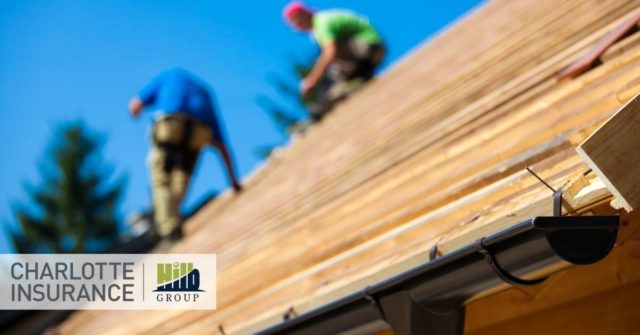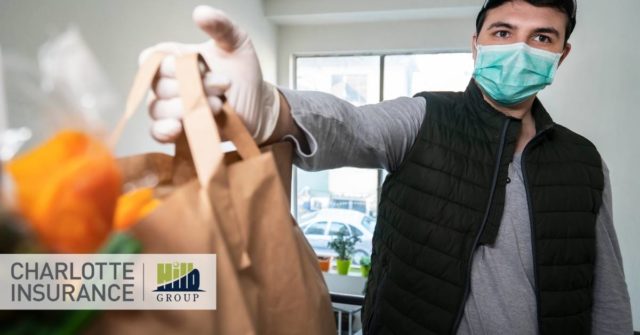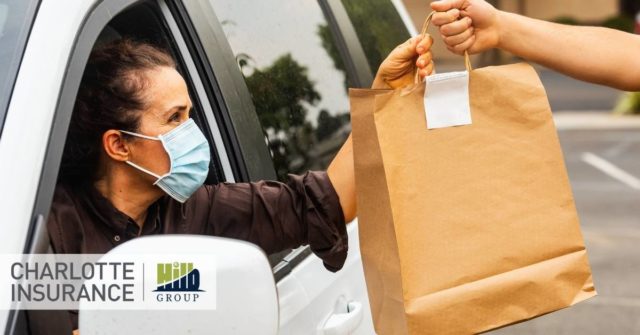The roof of your home is one of the most important elements. It keeps out water and protects the interior of your home. It’s also expensive to replace and is something most people put off until they have no choice.
You know you need to replace your roof at some point, but how do you know it’s the right time? There are several signs that will help you figure out when it’s time to replace your roof.
Interior Signs
What you see in your home can indicate damage to the roof. If you haven’t done so in a while, look up at your ceiling for these signs:
- Light coming through the roof from the outside. If you see streams of light, that means you have cracks or holes in your roof.
- Dark streaks and stains on the ceiling mean your roof is likely leaking. The water leak can also damage the structure of your house, too.
- Sagging spots are also a definite sign of a problem. Gently prod the spot with your hand or a broom handle. If it’s soft, wet, or bends easily, that’s moisture damage.
Exterior Signs
The signs you need a new roof tend to be visible from the outside, if you’re paying attention.
- Dark stains and streaks on the roof indicate water damage.
- Rotten or sagging spots also mean there’s water damage to your roof.
- Decaying shingles and shingle pieces in the gutter indicates your roof is falling apart.
- A damaged chimney and cracked or damaged flashing (the seal around the seams on your roof) are a sign your roof may need to be replaced.
- Multiple patches are also a clear sign that you have a larger problem with your roof, and it’s likely time to replace it completely.
Age
When your roof was originally installed, it came with an estimate of approximately how long it should last. Most roofs are designed to last at least 20 years. If your roof is over 20 years old, it’s probably time to replace it. For roofs rated to last 25 or 30 years, you may have some time as long as you don’t see any of the other signs already mentioned. Remember, though, if a roof is 10 years old and has the problems listed above, it needs to be replaced, regardless of how “new” it is.
Your North Carolina home insurance rates can be affected by the age and condition of your roof. In some cases, an insurance inspection can lead to needing a new roof or potentially losing coverage. Once you get a new roof, let your insurance agent know. You may qualify for discounts on your insurance because a newer roof means less risk of water damage and future insurance claims. Whether you need a hand dealing with a claim, or you’d like a quote a new policy, give us a call. Our dedicated agents are ready to help.







